These days Trafalgar Square is all glitz and glam; neon graces the well tread path to the square on which people flock by the thousands. The streets surrounding Trafalgar have also become synonymous with brand names like Gap, Next, and Levi.
In Victorian England, people flocked to Trafalgar, but for a very different reason. During the Long Depression, London was at the height of poverty. The depression combined with an attempt to clean up the East End “slums” left many people homeless.
As a result the very poor found themselves sleeping out in Trafalgar Square because they had nowhere else to go and the area quickly became a hotbed for political demonstrations.
As you can imagine, the number of impoverished (and angry) people in Trafalgar Square had a negative impact on business for many of the shopkeepers in the area — who angrily threatened violence if the government didn’t step in.
On November 13, 1887, a day also known as Bloody Sunday, more than 5,000 police, troops, and royal guards were sent in to halt political demonstrations and bring order to the square1.
The day didn’t end as badly as it could have because no shots were fired. Those who were injured were injured by fists and batons. What did happen is the riot and subsequent demonstrations brought attention to the “social condition” in Victorian England.
1. The Complete Jack the Ripper, Donald Rumbelow. 22.
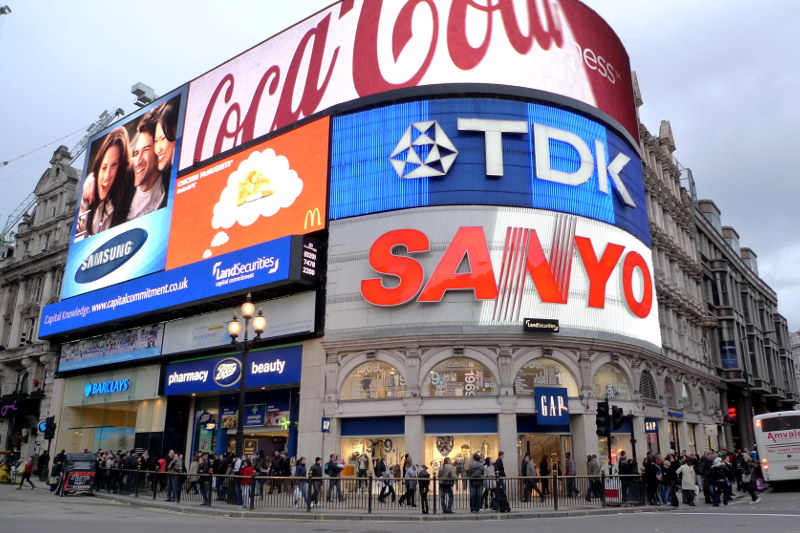
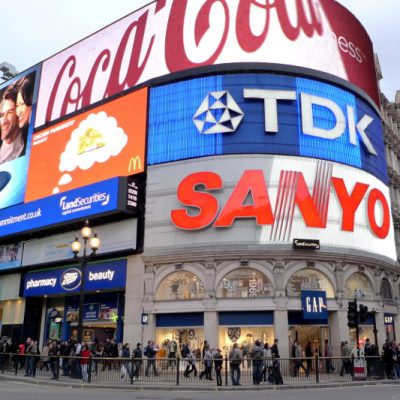
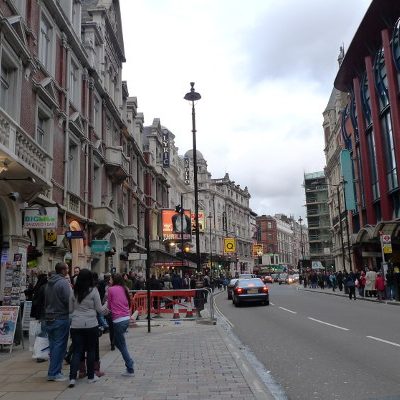
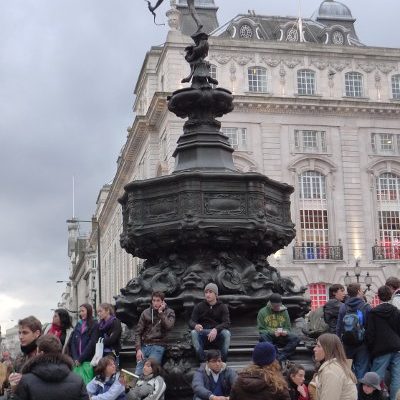
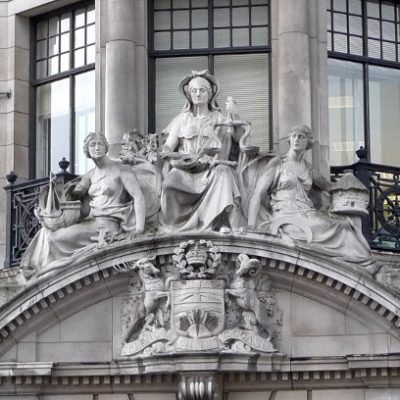
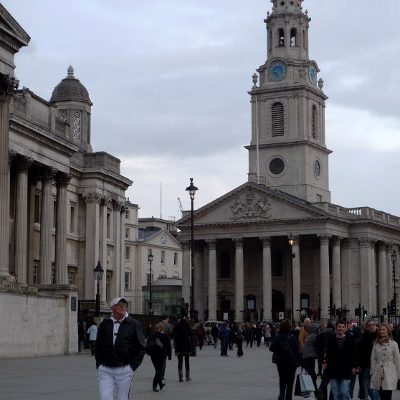
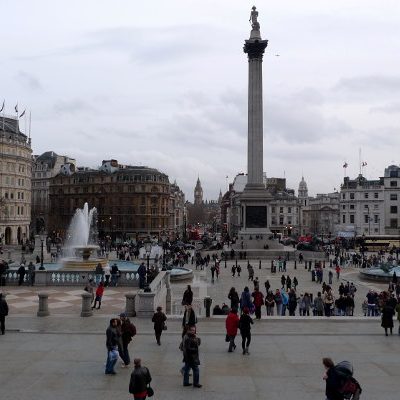
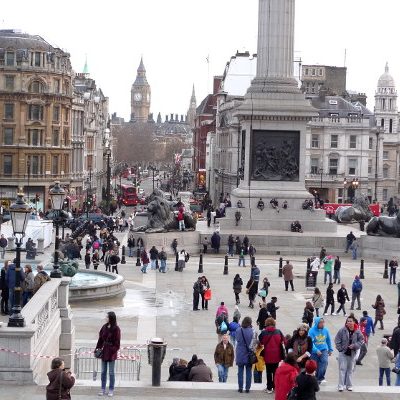
I had no idea you were in London. You should have dropped me an email! Next time perhaps.
That’s not Trafalgar Square – it’s Piccadilly Circus! The botttom photo is Trafalgar Square.
But I am glad you enjoyed London – what a wonderful blog!
Of course! My mistake. Thanks for popping in.